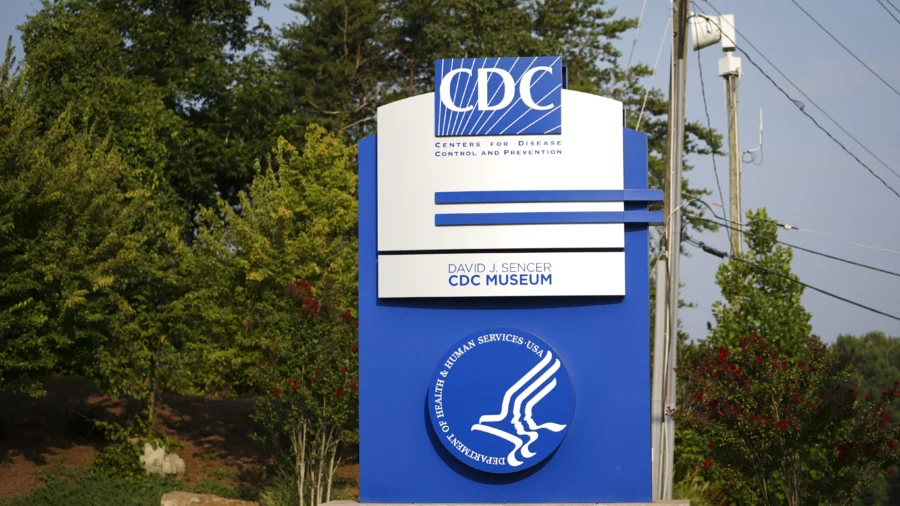Around 220,000 under-18s in the United States were diagnosed with arthritis between 2017 and 2021, according to the Centers for Disease Control and Prevention (CDC).
Notably, the joint disease was twice as common among non-Hispanic black or African American children and adolescents compared to non-Hispanic white counterparts.
Arthritis symptoms were primarily reported in American children aged 12–17.
Among U.S. children and adolescents, prevalence estimates in the past ranged from 21 to 403 per 100,000 people.

According to researchers, among the various forms of arthritis that can affect children and adolescents, the most prevalent are acquired auto-inflammatory diseases.
This disease occurs when immune cells mistakenly target the body’s own healthy tissues, triggering inflammation as a response.
The ensuing episodes of inflammation can bring about symptoms like pain and stiffness in the affected areas, which can endure into adulthood.
Fever, skin rashes, and lymph nodes swelling can also occur as a result of inflammation.
Causes
According to the National Institutes of Health, arthritis in children is caused by several things, including genetic factors and bacterial infections.
This means a child’s genes can predispose them to a higher risk of arthritis, but a virus in the environment can also trigger the condition.
“Arthritis is particularly a problem for children because their bones and joints are developing and growing,” said adult and pediatric rheumatologist Dr. Michael Ombrello.
Arthritis flare-ups can take a physical and mental toll on the affected, making it hard for them to engage in social activities.
Inflammatory forms of arthritis, such as rheumatoid arthritis and psoriatic arthritis, not only affect a person’s joints but also raise their chances of developing heart disease, according to the Arthritis Foundation.
Diagnosing arthritis in children can be challenging.
The elusive causes of juvenile arthritis are currently under investigation by scientists.
Treatments
In terms of therapy, the researchers behind the CDC study recommended using both medication and non-medication approaches.
In medication treatments, antirheumatic drugs play a crucial role in blocking or slowing down inflammation to maintain joint health.
Nonsteroidal anti-inflammatory drugs can also be used to alleviate stiffness, pain, and fever.
Meanwhile, non-medication interventions prioritize exercise and lifestyle adjustments as ways to boost fitness levels and enhance overall quality of life.
The Arthritis Foundation advises children and adolescents with arthritis to steer clear of foods that can cause inflammation.
This includes sugar, trans fat, artificial ingredients, and charred food.
Instead, give priority to foods rich in fiber, plant-based proteins, Omega-3, calcium, vitamin D, and vibrant fruits and vegetables, as they offer protection against inflammation.
Arthritis Prevalence in the US
Arthritis is a common health condition in the United States, impacting around 58.5 million people, or 24 percent of the adult population, the CDC found.
According to a study published in the journal Preventing Chronic Disease, the rampancy of arthritis among adults differs by state, with rates ranging from 17.2 percent in the District of Columbia to 41.4 percent in West Virginia in 2019.
Alabama, Arkansas, Indiana, Louisiana, Mississippi, South Carolina, Tennessee, and West Virginia were among the top states for both arthritis-related joint pain and physical inactivity among adults.
Arthritis is a primary factor contributing to work disability, resulting in annual expenses for health care and lost income amounting to $303.5 billion. For instance, individuals with arthritis may struggle with basic work tasks like ascending stairs or typing on keyboards.
These findings underscore the need to prioritize arthritis prevention and treatments for American youths.
This can be accomplished by identifying risk factors, implementing self-management interventions, promoting physical activity and regular health screenings, and facilitating access to mental health services.
From The Epoch Times


